What makes an area the perfect place to dispose of a body? Find out as we explore the most notorious killing fields in the United States.
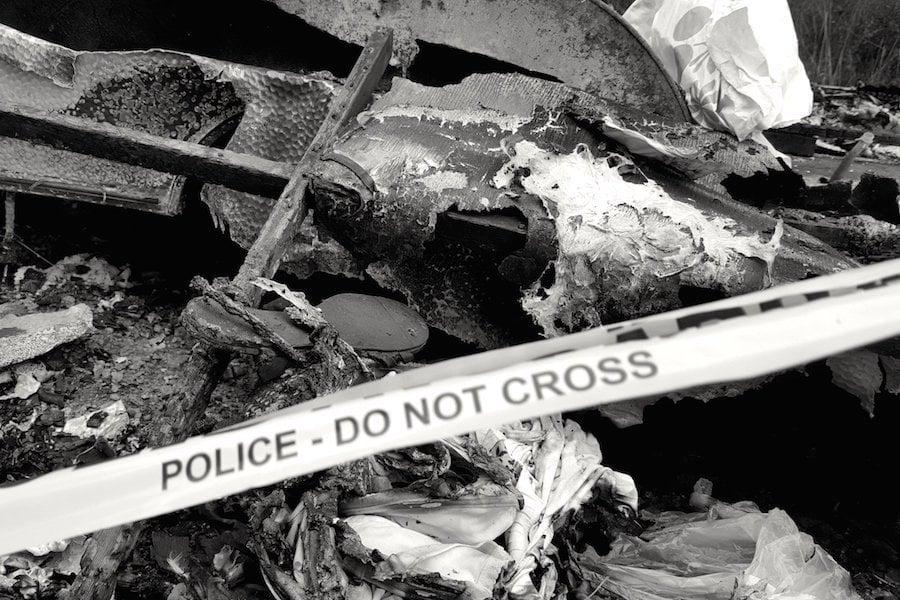
Image Source: Flickr
What makes an area the perfect place to dispose of a body? According to law enforcement officials, the qualifications are simple: a mix of hot, humid climate and hungry wildlife to ensure the quick destruction of evidence, and a location remote enough to prevent unwitting visitors from stumbling across a body, but not impossible for the perpetrator to reach in the dead of night.
Does that sound like somewhere you know? Then you may live next to one of America’s infamous killing fields.
The bane of police departments around the country, these so-called “killing fields” make it next to impossible for detectives to gather enough evidence to catch the murderers. Favored by serial killers, gangsters and savvy locals, some are home to bodies numbering in the triple digits.
We’re taking a look at the worst such dumping grounds in the country. As compiled by the show’s executive producer, Joseph Schneier, here are the five biggest killing fields in America… that we know of so far:
5. I-45 near Calder, Texas, 30 Bodies Discovered to Date
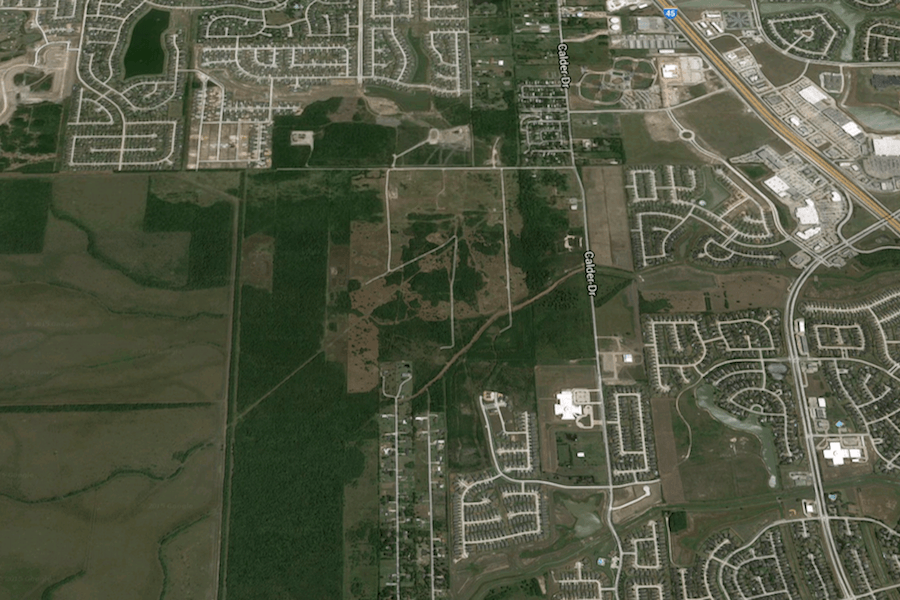
Since the 1970s, more than 30 young women have disappeared or been found dead along Interstate-45 in Texas.
A 50-mile stretch of road that has been nicknamed the Highway of Hell due to the high frequency of traffic accidents, it is also a desolate, remote area, and one that has become a legendary dumping ground for bodies—in part because of the pop-culture rendering of the so-called Texas killing fields in the 2011 movie starring Jessica Chastain.
But the reality of the fields is far more disturbing than any horror movie; their remoteness and atmospheric conditions lend the fields perfectly to anonymous body disposal. As Schneier points out, one major element of a perfect killing field is a hot, damp climate, something that Texas has in spades. “The weather plays a tremendous part, especially humidity, heat and weather change,” Schneier says. “It makes a body deteriorate so much faster.”
While the remoteness of a location can make it desirable in the short-term, it’s the influence of the surrounding terrain and weather that makes it a prime candidate for a killer.
Law enforcement officials who have investigated the Texas Killing Fields—which are primarily abandoned oil fields—know this all too well, and are in a constant race against time and nature. Most of the cases related to the 30 bodies recovered so far remain unsolved, but there are some striking similarities among the victims: Young girls with similar physical features and hairstyles, between the ages of 10-25.
In 1997, the disappearance of one girl in particular captured the media’s attention: 14-year-old dancer Laura Smither went out for a jog, trying to build up her stamina, and didn’t come home for breakfast. Her parents panicked and called the police.
Several weeks later, a body was discovered by a father and son out for a walk: When law enforcement insisted that it was just an animal carcass, it was left to the father to point out that, “Animals don’t wear socks.”
The body of Laura Smithers had been left in the water and among harsh elements, rendering it unrecognizable — but her identity was later confirmed with DNA. Evidence at the scene, however, was more or less destroyed. Police have not yet found Laura’s killer: With the climate and terrain making the area a perfect killing field, it’s likely they never will.
4. Baton Rouge, Louisiana, 37 Bodies Discovered to Date
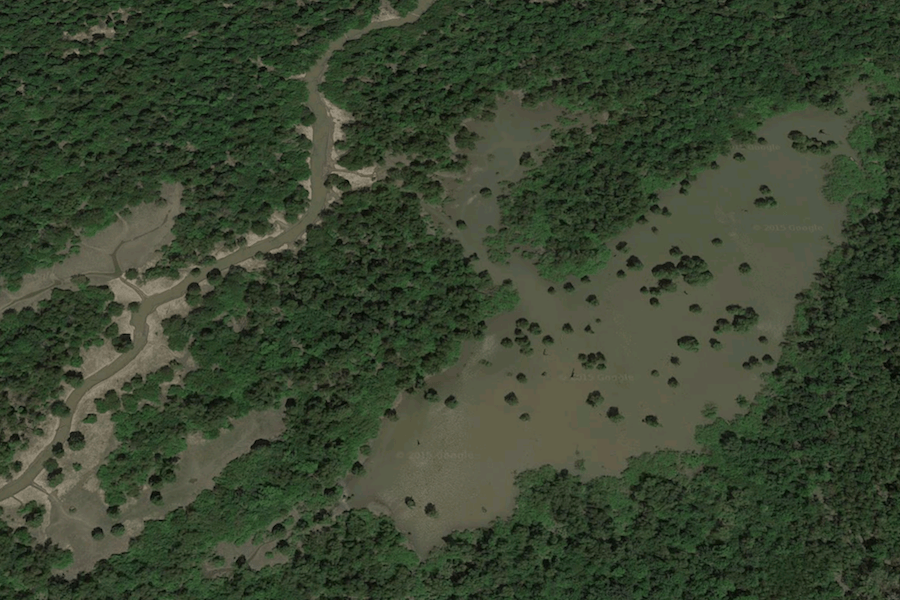
In the sweltering capital of Louisiana, women began to fear leaving their homes. In the span of just two months in 2002, police confirmed that a serial killer had killed three women: two were killed in their own homes, one was abducted and then killed.
The three murders were added to a list of at least 37 unsolved cases of murdered women in Baton Rouge in the last decade, many of which bore striking resemblances to one another.
In a city that sees around 60 murders per year, the home-invasion-turned-murder scene stood out among other killings because there was no signs of forced entry. Either the murderer must have seemed innocuous enough for the women to invite him in, or he was someone they knew — or at least they thought they did.
The bayous of Louisiana are humid, teeming with wildlife and, as a result, a great place to go about leaving a body. These swamps are rife with petrified trees and, with enough time, the swamps will give a human body the same treatment.
But the problems for investigators don’t end there. According to Retired Iberville Parish Sheriff’s Office Detective Rodie Sanchez, one of the problems a killing field like this presents for law enforcement is the sheer density of its marshy, wooded areas.
“It’s impossible,” he says. “Sometimes we even have to get a helicopter to fly us over and land somewhere. It’s a challenge in every way, shape or form to be a detective in Louisiana.”
3. Pelham Bay Park, New York, 65 Bodies Discovered to Date
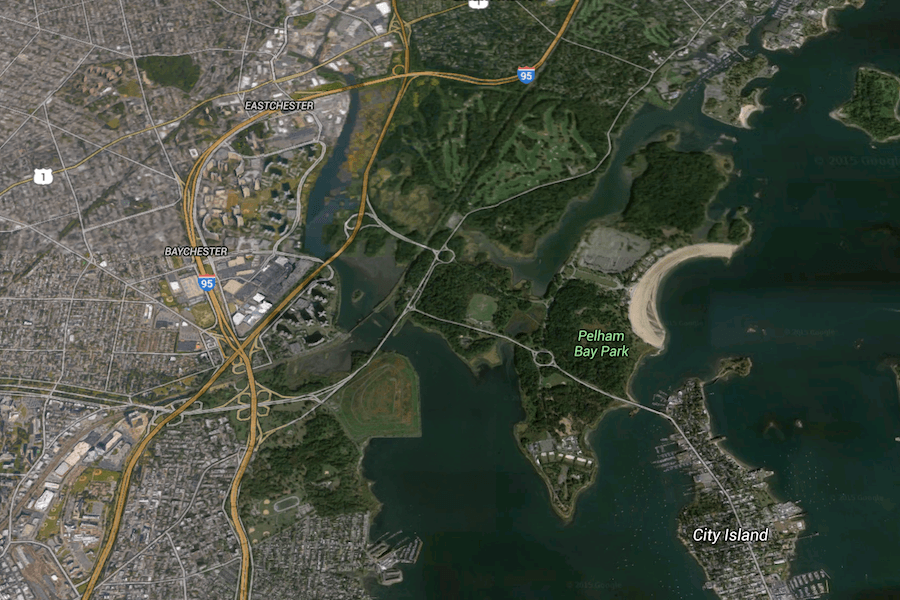
Most mob movies would have us believe that there are certain places in and around New York City that are prime locations to dump a body: Sadly, these movies are correct.
One such place, with a more recent history, is Pelham Bay Park, which extends from the upper Bronx into Westchester County.
In the early 1990s, a young police officer saw two men exit the woods late at night, and when he stopped to question them, he noticed their blood-stained hands. Thinking that the men may have been shooting animals in the woods, he questioned them. They insisted that the officer would not find any dead animals in the woods, and he allowed them to go on their way.
They weren’t lying. The officer didn’t find any dead animals. But he did find a dead human.
The reason the officer first asked about animals was that this area of the park had become a prime location for, of all things, ritualistic animal sacrifices. New York City law enforcement kept an eye on these killings but didn’t pursue them, feeling that they didn’t pose an immediate threat to the public.
A dead body, however, most certainly did. And it wasn’t the first body to crop up in those woods. Since the late 1980s, bodies were discovered quite regularly, and police investigators understood why: The remote location, shrouded in darkness, made for a quick and easy body dump, despite the fact that bodies have been found just 100 feet from a very busy highway.
One police officer assigned to the case wondered if the haunted history of the land, which was once a favored burial ground of the Lenape Indians, attracts both the satanic worshippers and the killers.
Over time, some of the killings have been linked to mob activity, but many remain unsolved with no leads. Pelham Bay Park is the largest park in New York City, much of it untouched by the industrialization that defines the city.
It’s a mishmash of overgrowth and untended pucker brush and trash that goes back decades. There’s a simple reason why this land calls back mobsters and serial killers again and again—it works.
2. Leakin Park, Baltimore, Maryland, 71 Bodies Discovered to Date
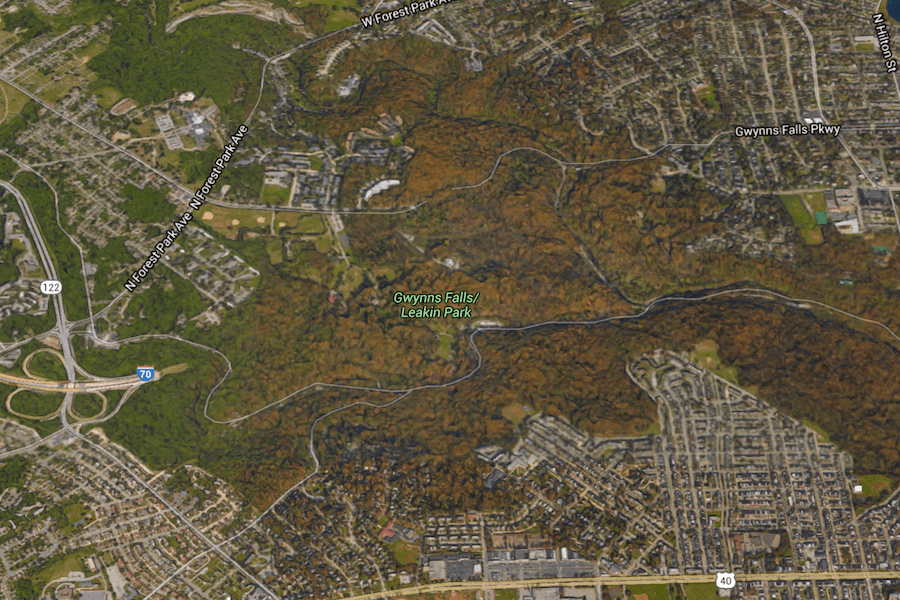
With mentions on Serial and The Wire, Leakin Park is one American killing field that you may have already heard about. Baltimore residents summed up the grounds to Serial host Sarah Koenig by saying, “If you digging in Leakin Park to bury your body, you’re going to find somebody else’s.”
For anyone working in law enforcement or media in and around Baltimore, Leakin Park is more or less a graveyard. Police who comb the area regularly are reminded to only look for bodies matching the description of their victim, lest they end up lost in the charnel house of bodies for an entire day.
In 1968, the area of urban wilderness had its fate locked in, when the bodies of four young boys were discovered there. From then on, the bodies just kept coming.
The woods seemed to be the favored location for criminals, Black Panthers and drug lords alike. The body count continued to rise until one Baltimore resident took it upon herself to create a digital archive of the victims: the Bodies of Leakin Park.
The park itself has many access roads that lead discreetly in and out of the woods, causing many Baltimore residents to call for the roads’ shut down. Some have even suggested creating a bicycle path along the periphery, which, theoretically, would make it a less desirable place for criminal activity.
Despite its reputation, Leakin Park is enticing to bikers and hikers alike, and the volunteers who care for it are passionate about what it offers the city. Many Baltimore residents can overlook the eerie graveyard feel, but law enforcement is still challenged to solve many of the murders that ended within its confines.
The park, they say, is safe. The murders, however, happen elsewhere. Still, for the victims’ families, the final resting place in Leakin Park is just the beginning of a long search for closure. The park has, in its passivity, allowed many to get away with murder.
1. Mojave Desert, Nevada, Between Victorville and Las Vegas, 148 Bodies Discovered to Date
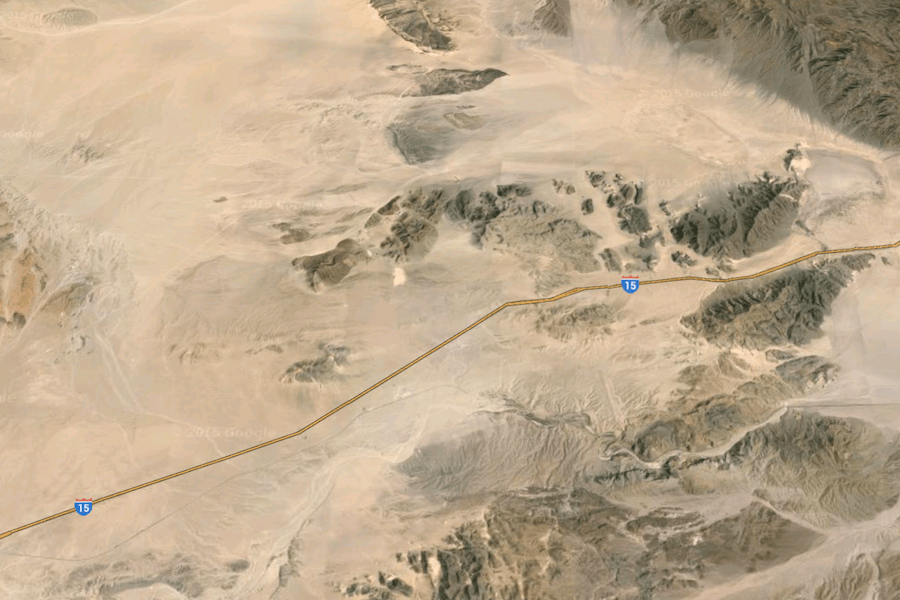
At 134 degrees Fahrenheit on its hottest days, the Mojave Desert stretches 25,000 square miles in every direction—an expanse of searing, white-hot hopelessness.
Long believed to be a favorite dumping ground for the Mafia, the desert has been the backdrop of numerous killings throughout America’s history. In recent years, the high-profile case of the McStay family’s disappearance ended when their corpses were found in the desert, years after they went missing.
The bodies of Joseph McStay, his wife Summer and his two young children, Gianni and Joseph Jr., were found in shallow graves just 100 miles north of their home, four years after the family disappeared in 2010.
After the family had been missing for several days, Joseph’s brother went to their home and climbed in through an open window. A carton of eggs sat on the kitchen counter; spilled popcorn splashed across the living room sofa. Later investigations at the McStay home revealed recent computer searches including “What do children need for traveling to Mexico?”
Eventually, Joseph McStay’s business partner, Chase Merritt, was arrested after police discovered his DNA in the McStay’s recovered vehicle. During the summer of 2015, Merritt’s attorney filed a request to have the case dismissed, accusing the prosecution of using faulty wording when the initial murder charges were filed.
The California desert sizzles with dry heat and goes on for miles. If a killer can get out there, either to commit a murder or to leave the grisly aftermath of one behind, it’s guaranteed to be a long while before anyone stumbles upon it—if they ever do. For law enforcement, it’s a race against time and the elements, as the heat ensures a body will decompose faster, the evidence of a crime drying up along with it.
As Keith Bushey, of the San Bernardino County sheriff’s department, chillingly remarked to The Sun, “If there were to be a cross everywhere someone dumped a body, the desert would look like Forest Lawn.”
Enjoy this look at the United States biggest killing fields? Check out our other posts on the Aryan Brotherhood prison gang and famous serial killers who met a grisly end.





